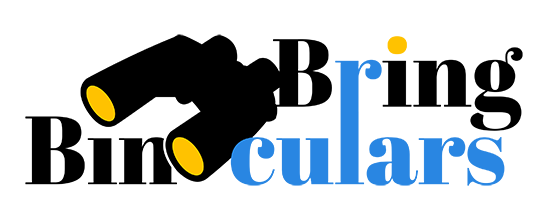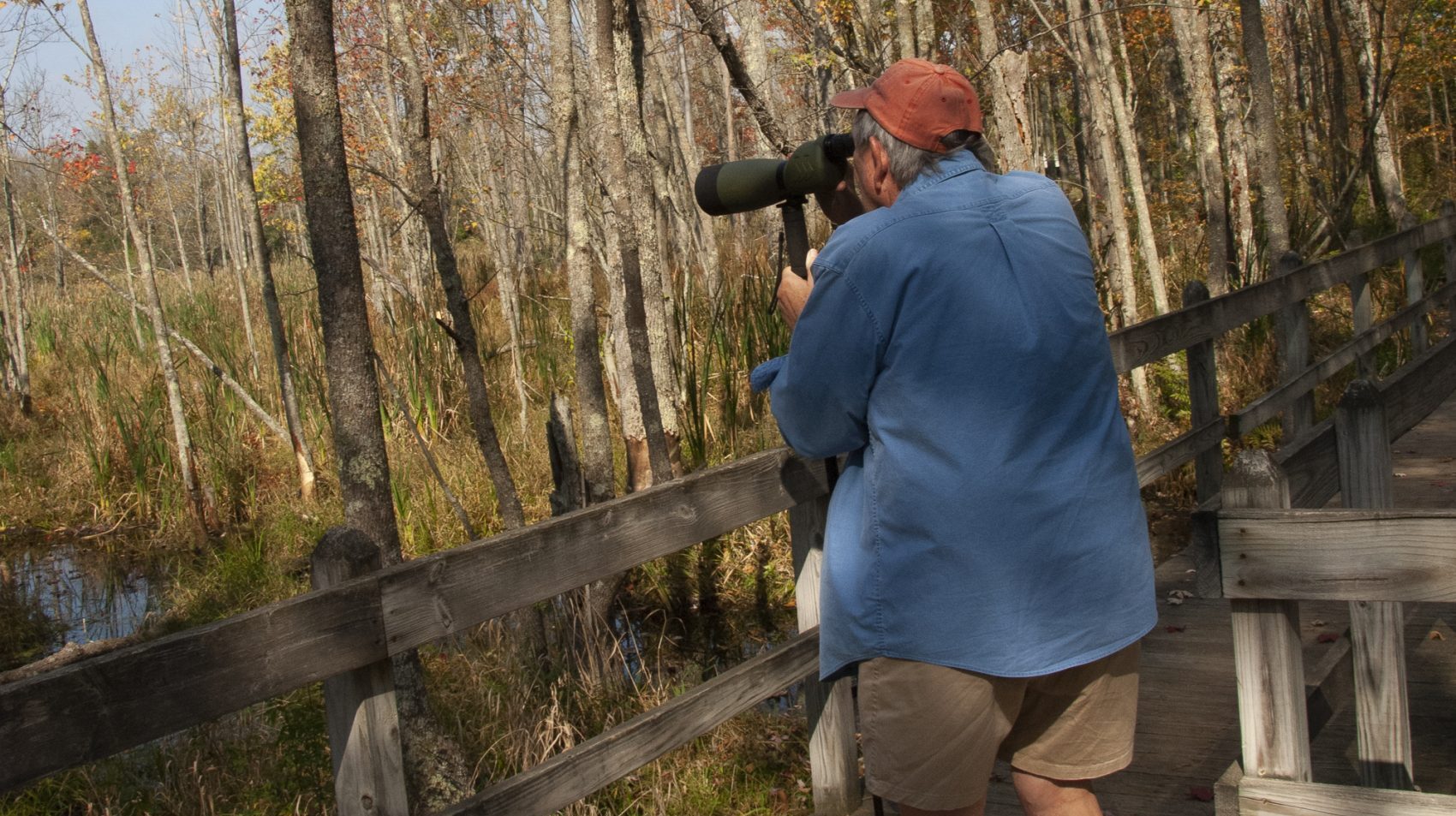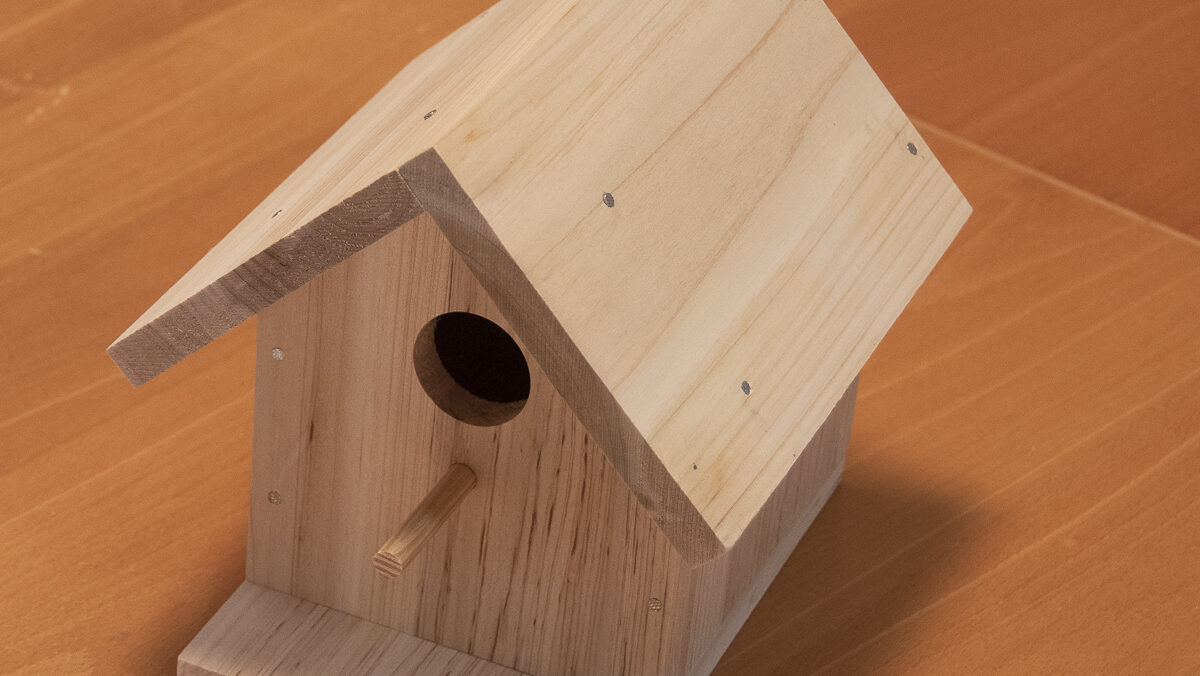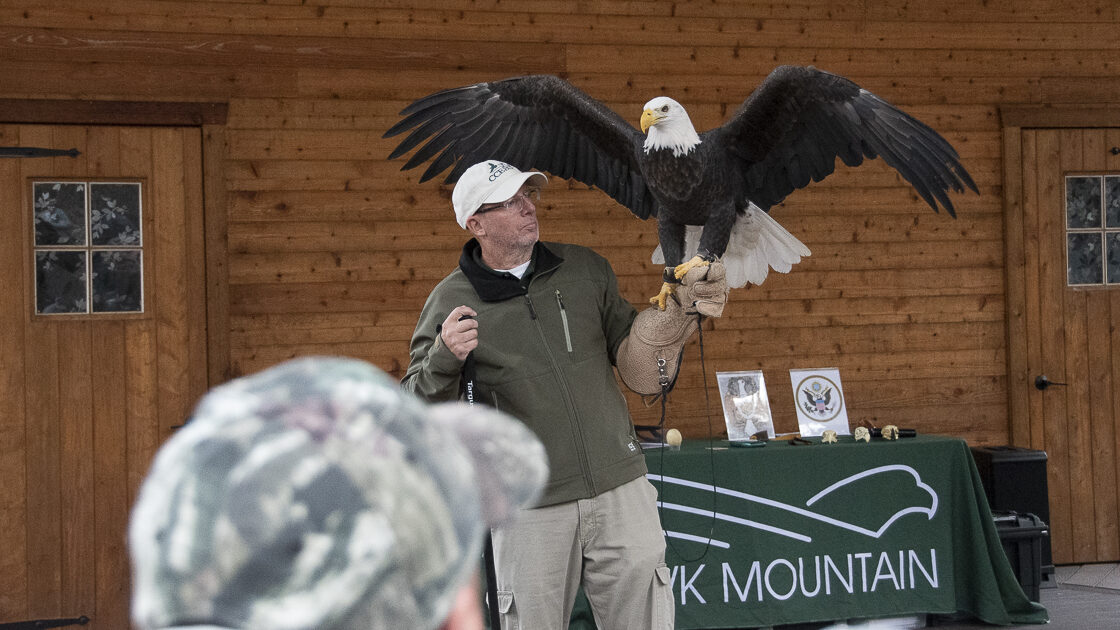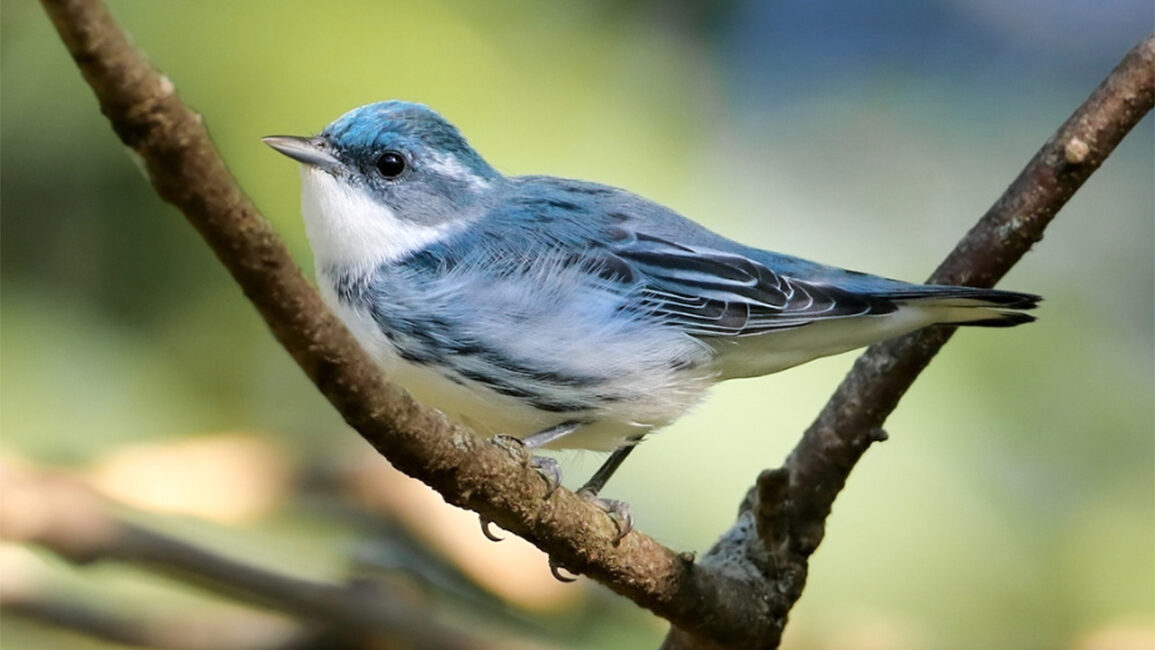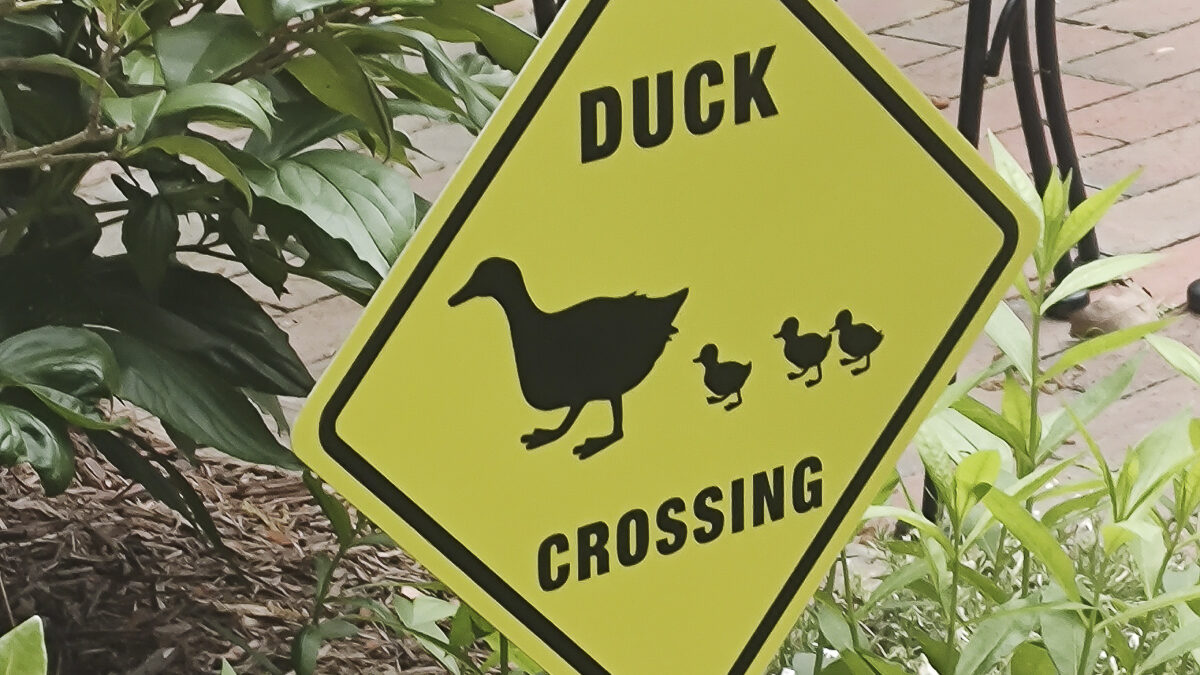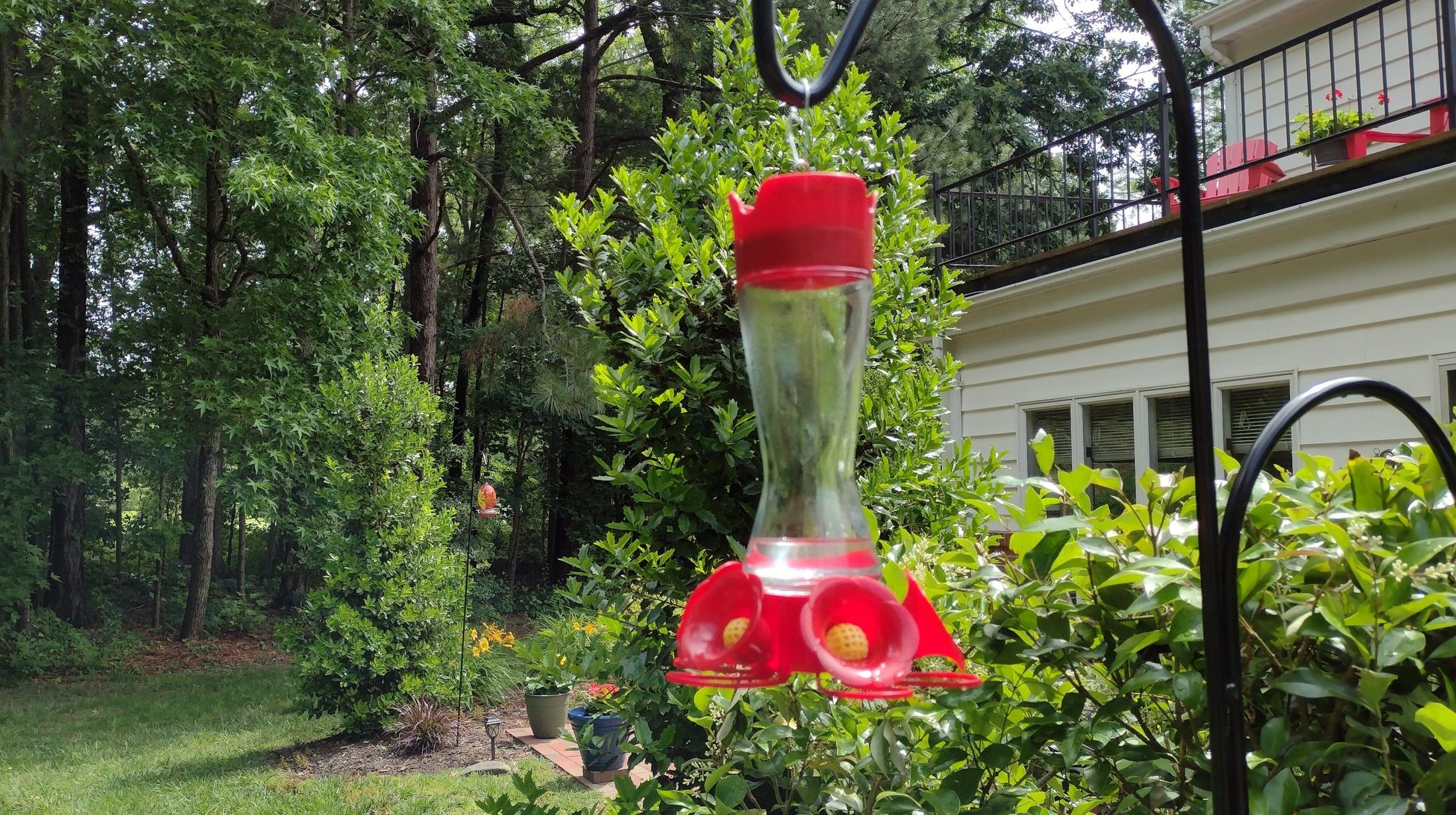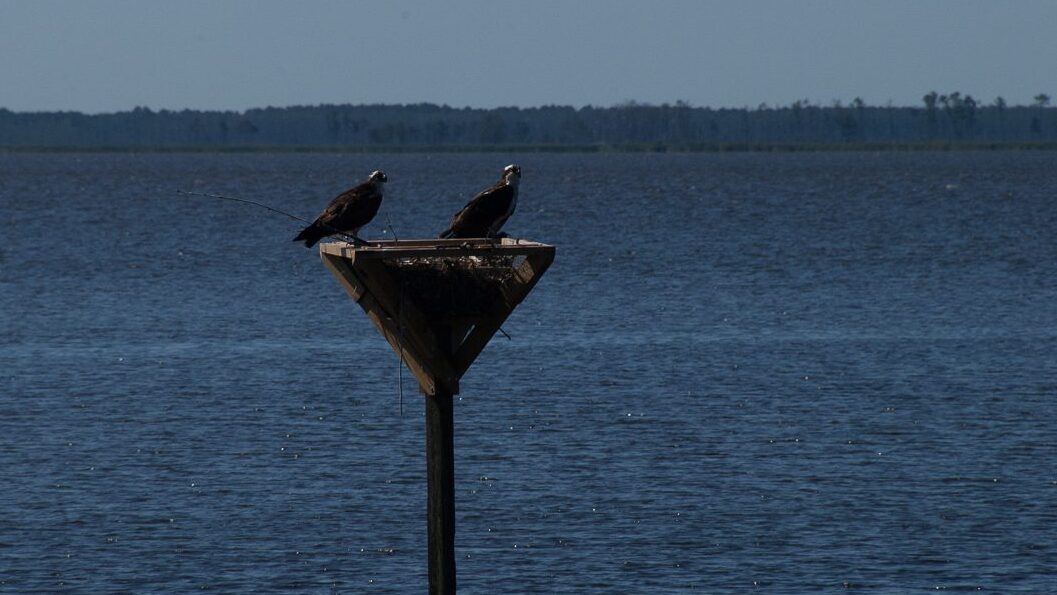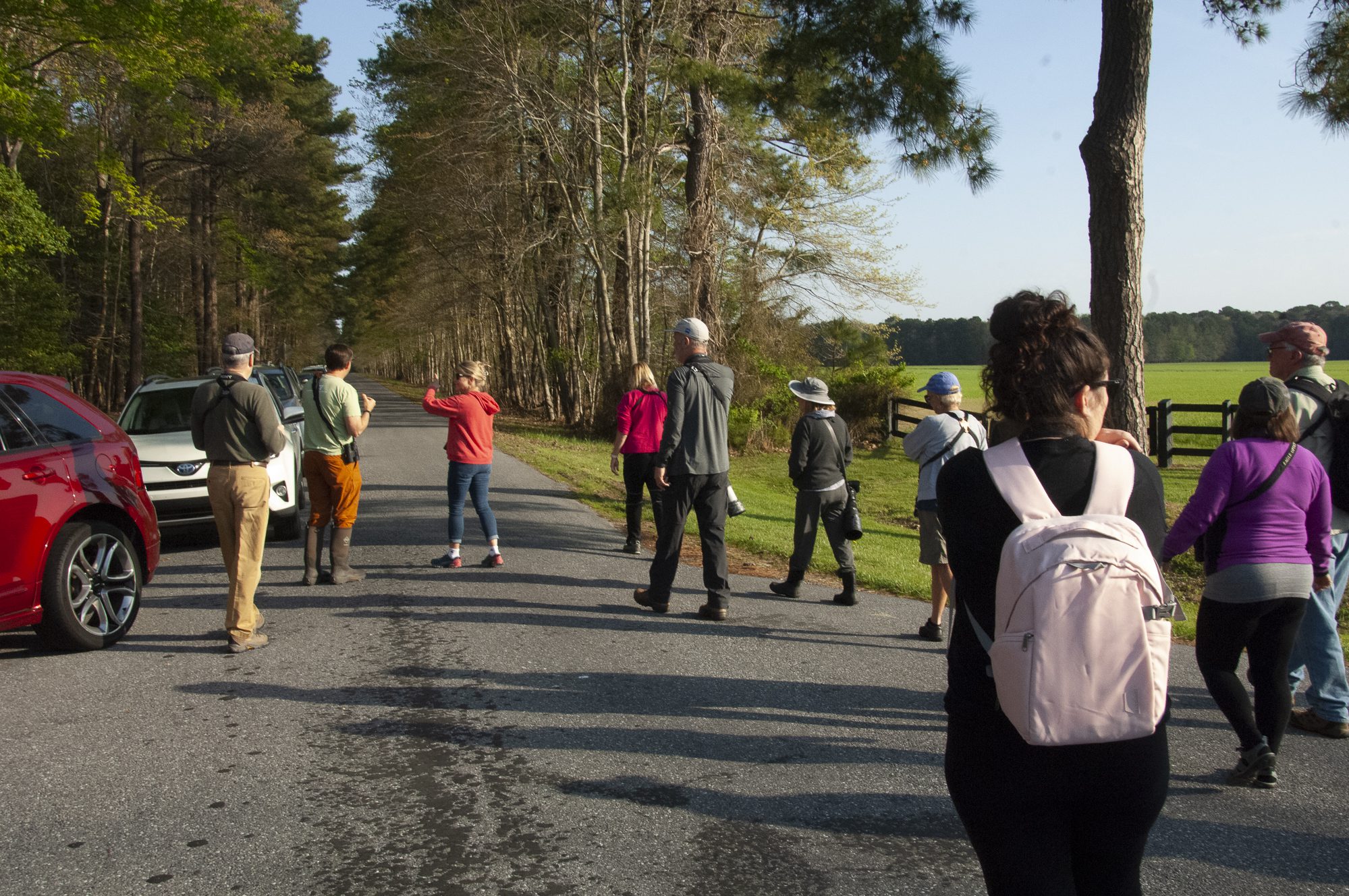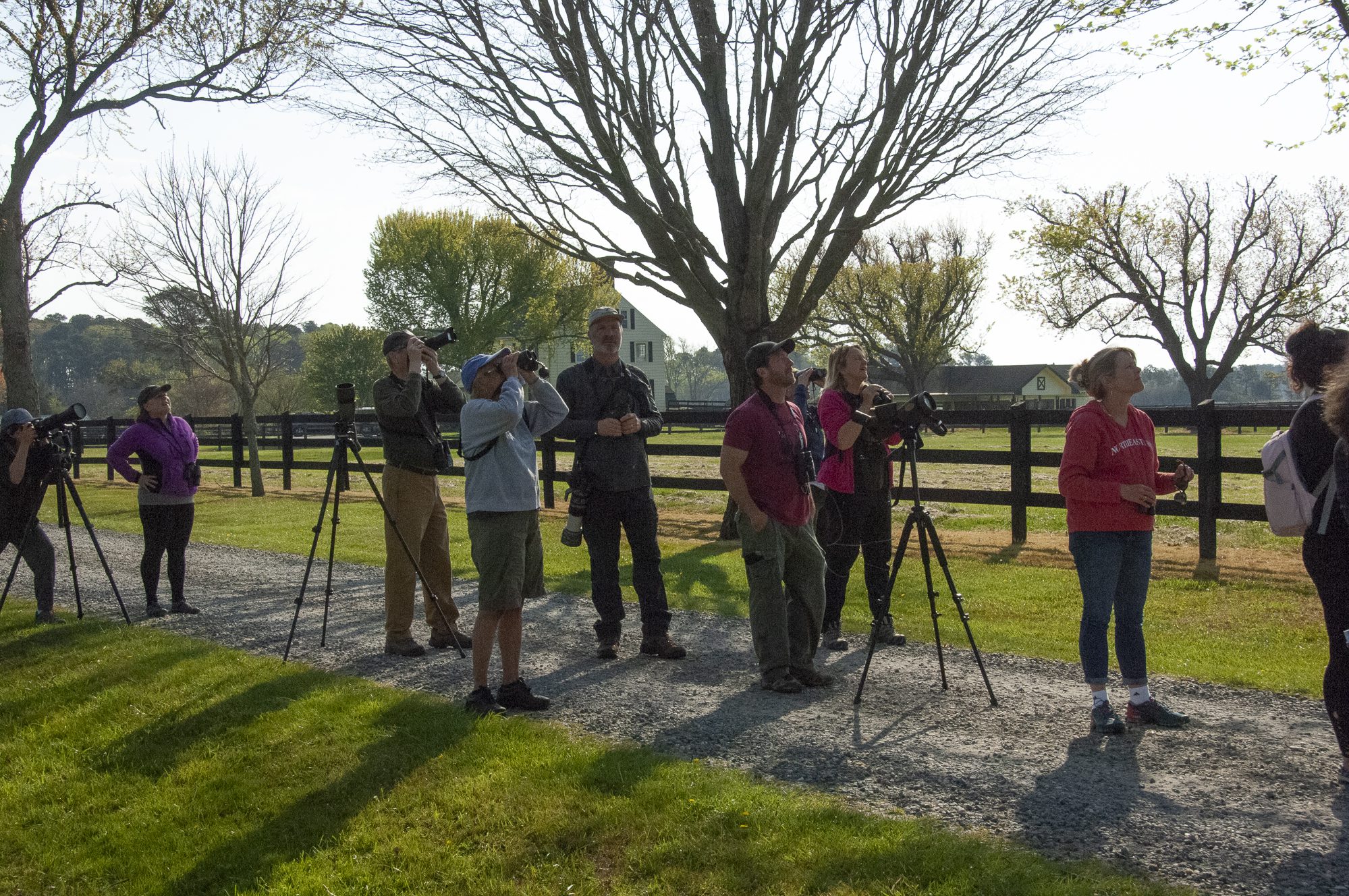Essential optics for birders
Want to enhance your viewing with a monocular or spotting scope for birding? I’m learning about the two optics and here’s what I discovered. The best first step is to get your hands on them to see what they can do. We were on a field trip with a local birding group and got to take a look-see through both a monocular and spotting scope. It was a quick look but easy to see their benefits.
Another way for a hands-on experience is to borrow a monocular or spotting scope from a friend (which is what I did). Visit a sporting goods or photography store where they are sold. You want to handle and experiment using them to compare these essential bird watching optics.
You can read a description and benefits of a monocular or spotting scope, but there’s nothing like holding the monocular in your hand or using a spotting scope on a tripod. Look through the eyepiece and you can judge the quality of the image and how easy the controls are to operate. Practice focusing on near and far objects.
Notice the difference of magnification between units and their field of view. Is it lightweight to hold and carry while you’re walking? How easy is it to pick up and move a spotting scope and tripod? Instead of a tripod would a monopod, a one-legged stand, work better?
Before making a decision and investment to buy either a monocular or spotting scope decide where to purchase it. Buying online will offer more choices and range of prices, but a knowledgeable local retailer offers personal advice compared with a chat box when you have questions. After having hands-on experience you’ll know what features matter to you to make a good choice, whether you buy it online or at a retailer.
Terms to know about monoculars and spotting scopes
Magnification matters when you’re looking at the benefits of a monocular or spotting scope especially at something small like a bird. High magnification enlarges the object you are viewing, so a 6x or 10x magnification lets you see more details.
Objective lens size
The objective lens is the lens closest to the object you’re viewing, or at the opposite end of the scope you look through. The diameter (in millimeters) of the lens determines how much light the lens can gather. The larger the objective lens, the brighter the image. But a large objective lens will make the spotting scope or monocular heavier and, in most cases, more expensive.
Field of view (FOV)
A wide FOV is important when you’re looking for an overall view of an area like a bird’s habitat so you can scan the area. As the magnification increases you see more detail, but the overall area you can see gets smaller. The higher the magnification the narrower the field of view.
When you increase magnification the field of view is lowered but the image gets larger in the eyepiece so you can study a detail like the color of the bird’s wing tip. Another factor to consider is that as the magnification increases the optics will be larger and heavier and more difficult to hold an image steady.
Eye Relief
Eye relief is the maximum distance your eye can be from the eyepiece and still see the full field of view. Unless you wear glasses while viewing, eye relief is not a critical factor since most people hold the eyepiece close to their eye.
Watch this video about What is eye relief?
TIP: A monocular or spotting scope with eye relief of 14 mm or greater is the best choice for viewers wearing glasses.
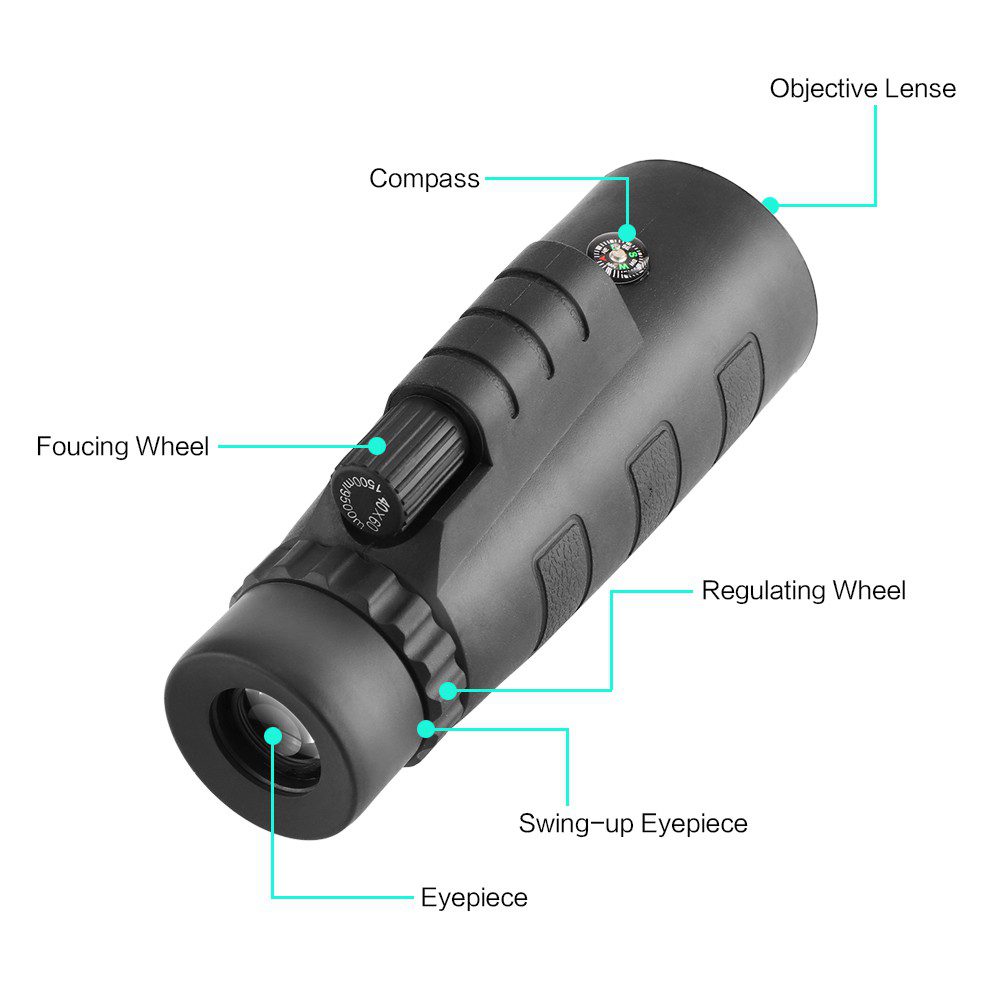
About monoculars
Put simply a monocular is half of a pair of binoculars. I think of it as a handheld low powered refracting telescope because it’s small and compact. It magnifies images by passing light through a series of lenses and a prism that inverts the image upright at the eyepiece. The result is a handy lightweight in-your-pocket instrument ideal for birdwatching and many other observations.
Ours is an inexpensive 40X60 monocular that we keep near the patio door so it’s easily to use. Since it is light we can hold it steady even with 40x magnification but with 40x the field of view tends to be pretty narrow so finding a small twitchy bird can be a challenge at times.
TIP: When not using any optic, put on the lens cap to protect the lens from dirt, dust and damage. And use a wrist or neck strap to prevent dropping it.
Monocular features to consider
When comparing different monoculars, find one that is comfortable in your hand and has generous eye relief especially if you wear glasses. When you’re in shopping mode remember that as magnification grows, the ability to focus short range will go down. You may also notice different colors of lens coating which help reduce glare and increase contrast.
One feature I like in a monocular is one-handed focusing which makes for a quick and convenient change when it’s called for. A fog-proof lens that doesn’t mist up when going from different temperature conditions is nice, too.
Best sizes for birdwatching
Other birders and monocular sellers tell us a 12X or higher is a good size that fits comfortably in your hand. For a wider field of view magnification in the range of 8X, 10X or 12X is best with an objective lens ranging from 25mm, 42mm or 50mm.
Price range: $100-200
About spotting scopes
A spotting scope is a miniature telescope It is compact, high-powered and optimized for detailed observation of distant objects like birds. Many have a variable zoom eyepiece feature to adjust magnification. You’ll find there are two designs: straight and angled spotting scopes.
A straight design has its eyepiece aligned with the lens. This configuration works nicely with a car mount for sighting from inside a car. For some people the straight design can lead to a neck pain after continued use.
An angled design has the eyepiece set at a 45-to 90-degree angle. This design allows you to use a lower tripod height to assure stability. The angled design makes it easy to share the view with others on a field trip.
Recommended sizes for birdwatching: A variable zoom that is 15-45X or 20-60X is a good choice.
Price range: $300-700
Spotting scope features to consider
The bigger the objective lens, the greater the light-gathering capacity of the scope. That said it also makes it heavier to carry.
Birders we know who observe early in the morning and at dusk say a spotting scope with a lens diameter of 100mm works best for them. And the really technically savvy ones consider the glass. They suggest choosing a scope with multi-coated lenses made from any/or of these types of glass: APO (apochromatic), ED (extra-low dispersion) and FL (fluorite) for image quality, clarity and sharpness. Multi-coated lenses will also improve the light transmission and give you a brighter image to view.
A scope advertised as waterproof should resist moisture, keep it safe and protected from any kind of elements. Anyone who was ever caught in a downpour knows the importance of a scope being waterproof.
Useful accessories for a monocular and spotting scope

a tripod is a three-legged support that attaches to the base of the optic with a universal thread attachment that stabilizes an image to prevent shaking and distortion
a mount or sleeve for a tripod secures an optic on a tripod for hands-free and steady viewing
a monopod or unipod is a single leg sectional pole with a universal thread attachment to support any optic
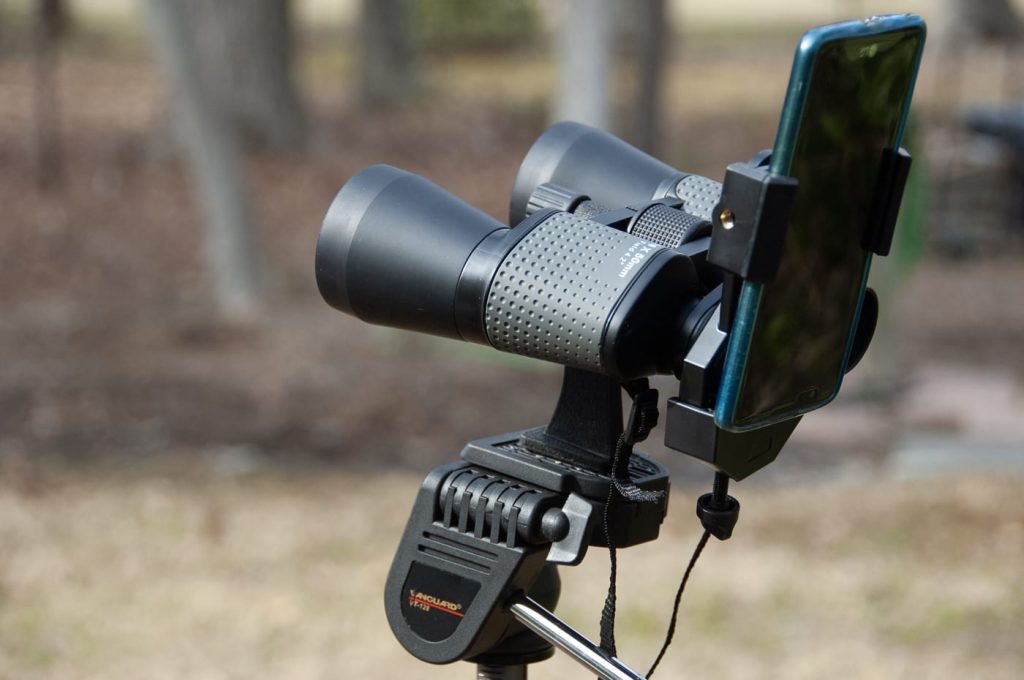
a smart phone adapter attaches to the optic and makes it possible to take photos or videos
a car window mount for precisely positioning binoculars, scopes or cameras allows you to observe from within a car
In conclusion
You should take the time, do your homework to learn about both types of essential optics for birders to decide which one you like best and is in your budget. Hopefully what I’ve learned will help you make the right decision and choose an optic you’ll enjoy for years to come.
Are you a Bird Lover? If you are looking for remarkable limited edition prints, original artwork and books about birds, take a look at the work of Julie Zickefoose at her website www.juliezickefoose.com. We recently had the good fortune to meet Julie and share our enthusiasm for her expertise and artwork. If you read BWD magazine, the new Bird Watcher’s Digest, you’ll see the lovely cover art on the July/August 2022 edition is by Julie.
You might also be interested in:
Gene and Katie Hamilton are bird watchers who attend birding festivals and events and write about the wonders of the birding world. They are members of the Outdoor Writers Association of America.
Post Views: 3,086
|
